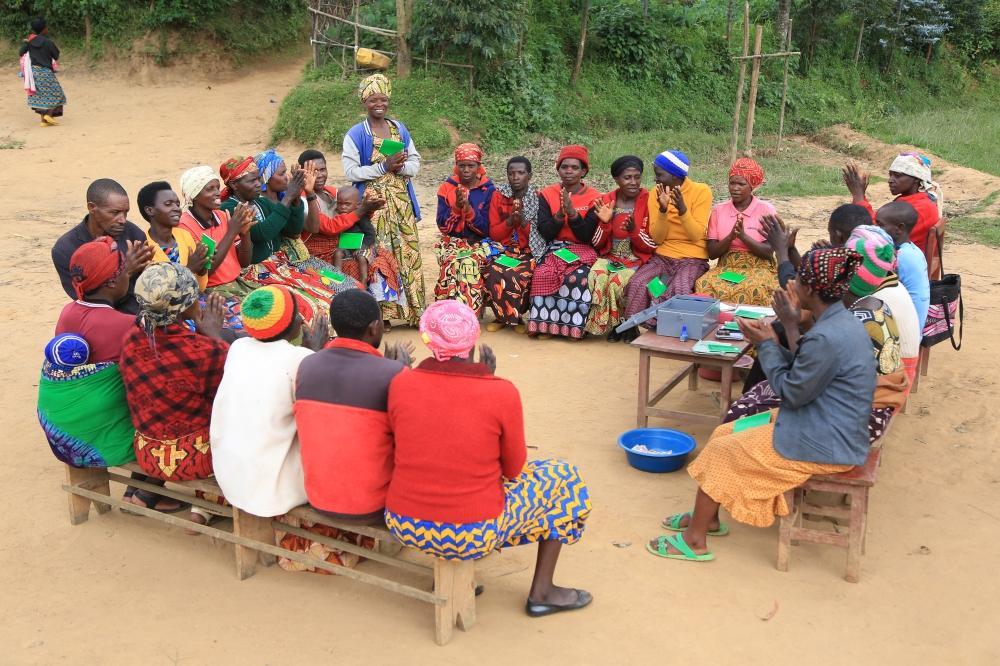Africa-Press – Rwanda. Families in Gisagara District are reaping the benefits of joining savings groups that are helping them start small businesses, pay for health insurance, and improve their livelihoods, which is part of a broader push to fight poverty in one of Rwanda’s poorest districts.
According to the 2023/2024 Integrated Household Living Conditions Survey (EICV7), Gisagara has the second-highest poverty rate in Rwanda at 45.6 percent, following Nyamagabe District (51.4 percent). Nyanza ranks third in the Southern Province with 43.3 percent.
Jean Paul Habineza, the district’s Vice Mayor in charge of Economic Development, said the introduction of family-level savings groups has played a major role in improving living standards, with support from various district partners.
“These savings groups have made a significant contribution to women’s development programmes, fostering a culture of financial discipline,” Habineza said. “Families are now able to pay for health insurance, contribute to Ejo Heza [the long-term savings scheme], start small businesses, and improve their overall well-being.”
Empowering women through savings
Gisagara is among districts where rural women continue to face challenges such as poverty, malnutrition, unpaid care work, limited access to credit, and lack of technology, according to Yannick Niyireba, Director of Programmes and Quality Assurance at World Relief Rwanda (WRR).
The organisation supports vulnerable households in several districts—including Karongi, Ngoma, Nyamagabe, Gatsibo, Nyabihu, Bugesera, Burera, and Nyamasheke—where over 52,000 individuals, 80 percent of them women, have received training in savings, financial literacy, business development, and smart spending.
“Local authorities estimate that savings groups could contribute to reducing poverty by as much as 80 percent,” Niyireba said. “From our experience, about half of the members in our groups gain the capacity to rise above the poverty line within two years.”
Government urges wider participation
Benilde Uwababyeyi, a Social Protection Specialist at the Ministry of Local Government, said savings groups are a key part of efforts to promote income-generating activities and build resilient communities.
“We urge families living in poverty to join savings groups to improve their livelihoods,” she said. “The mindset of some households that wait for external support must change. Having income-generating activities and a savings culture is clear evidence that a family is moving out of poverty.”
A personal success story
For Clemantine Mukaneza, 36, a resident of Duwane Cell in Kibilizi Sector, the impact has been life-changing. After joining a savings group called Zigamira Ubuzima (“Save for Life”), she took a loan of Rwf 200,000 to start improving her household.
“Rather than going to banks in town, we borrow money from our group,” Mukaneza said, noting that access to financial services remains limited in her area. “I couldn’t afford livestock before, but with savings groups, I bought a cow, which has transformed my family’s life.”
Nationally, the EICV7 survey shows that 27.4 percent of Rwandans lived in poverty in 2023/2024—a reduction of more than 12 percentage points from 39.8 percent in 2016/2017.
For More News And Analysis About Rwanda Follow Africa-Press






